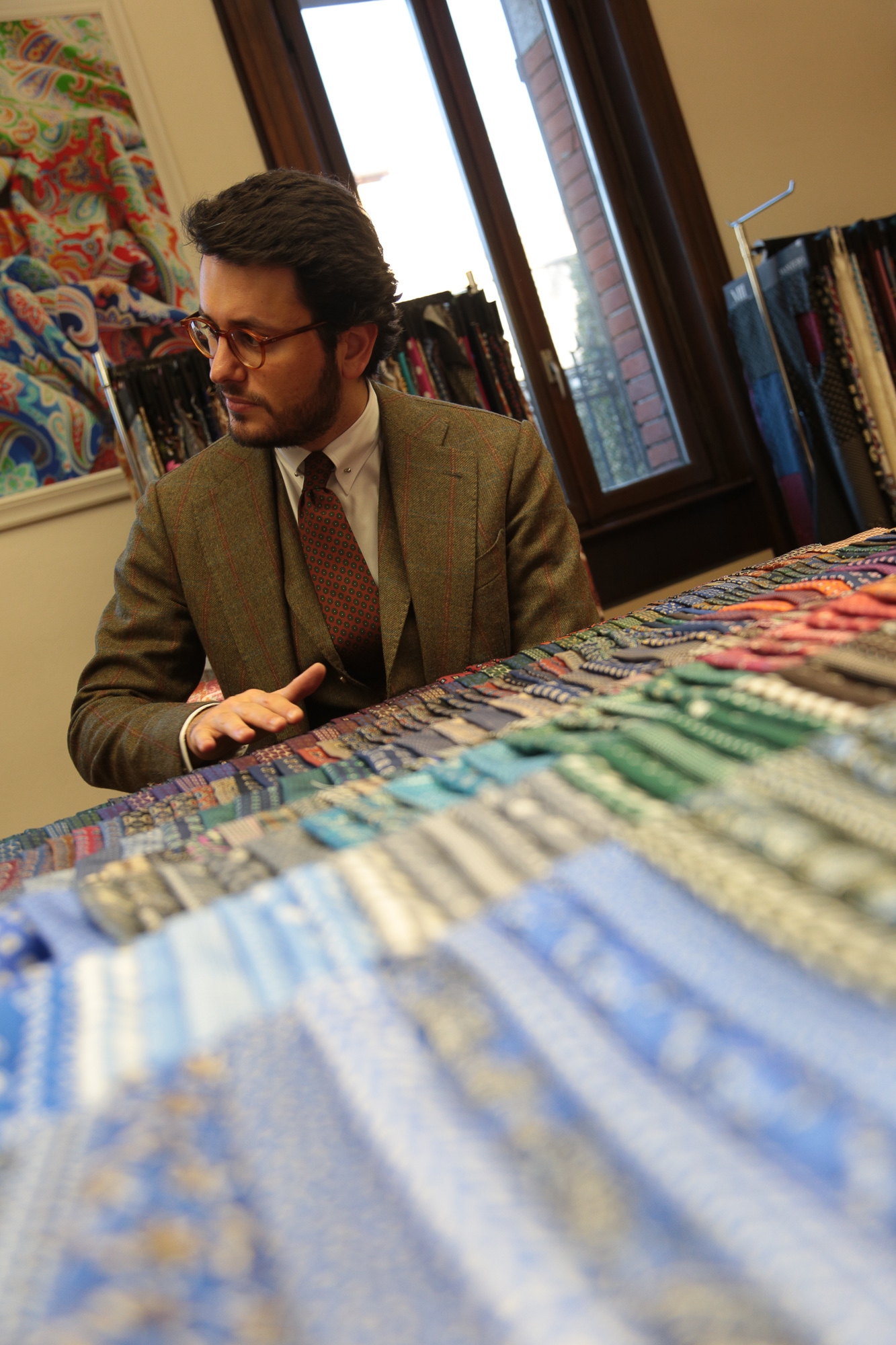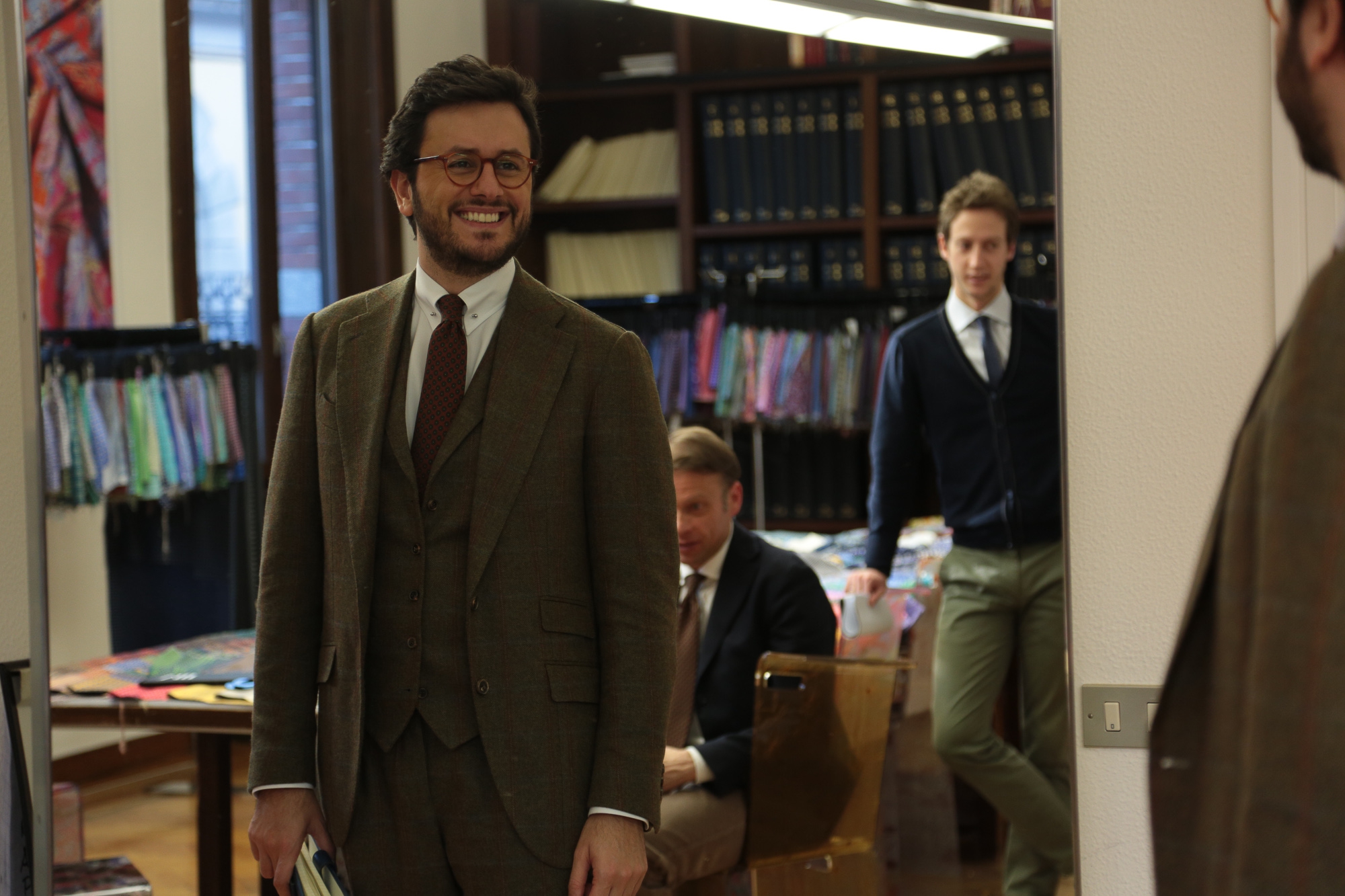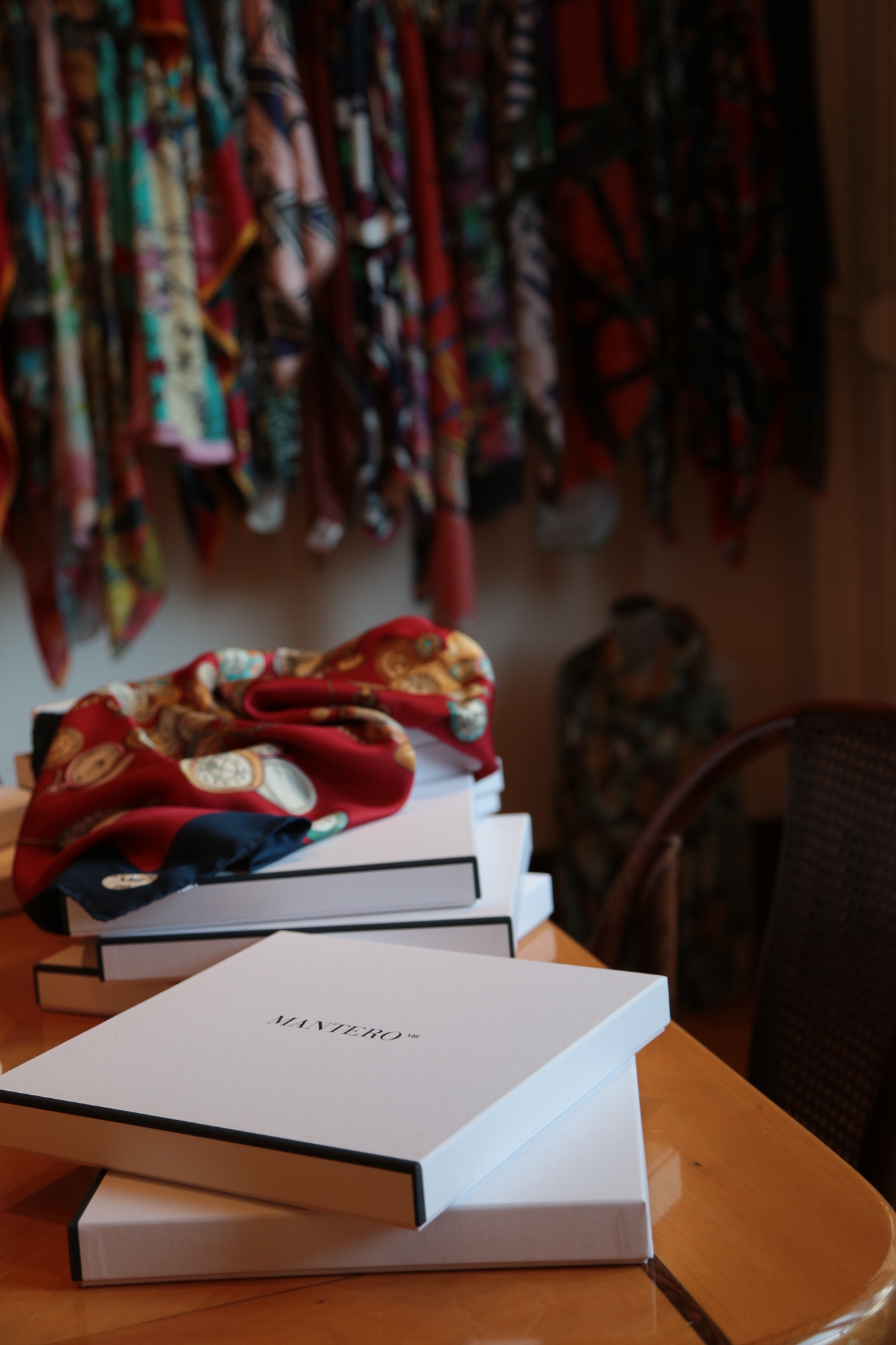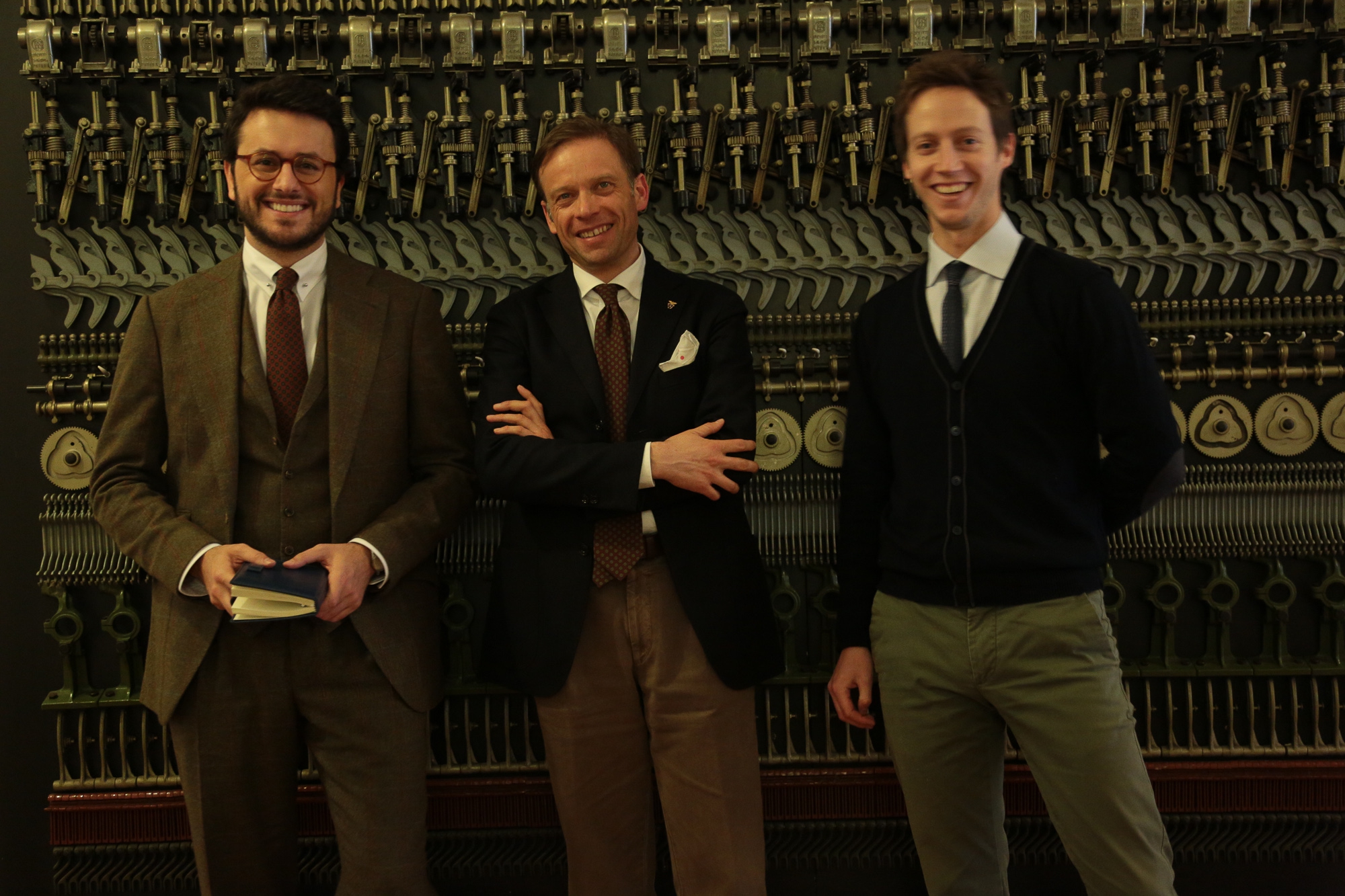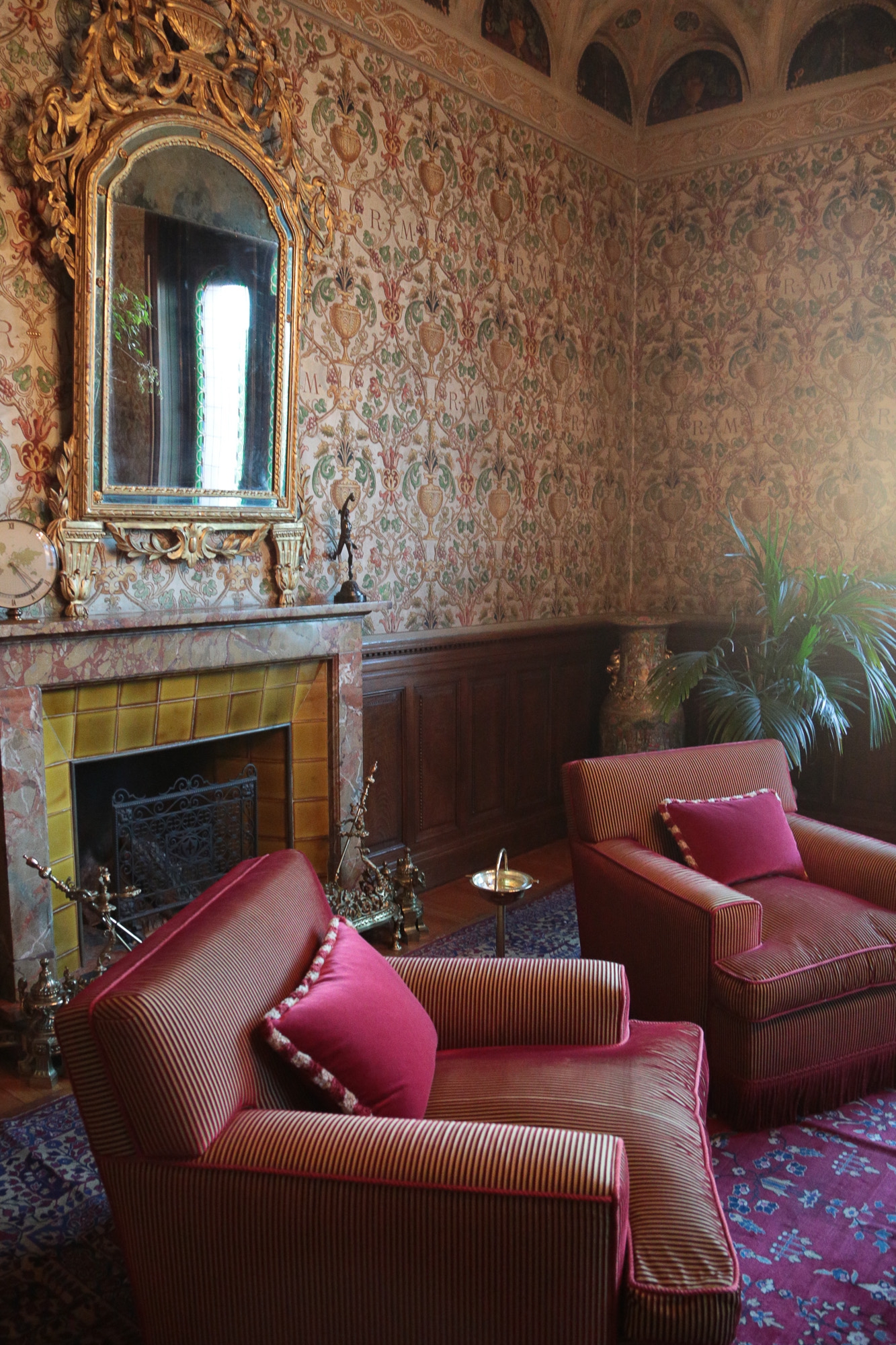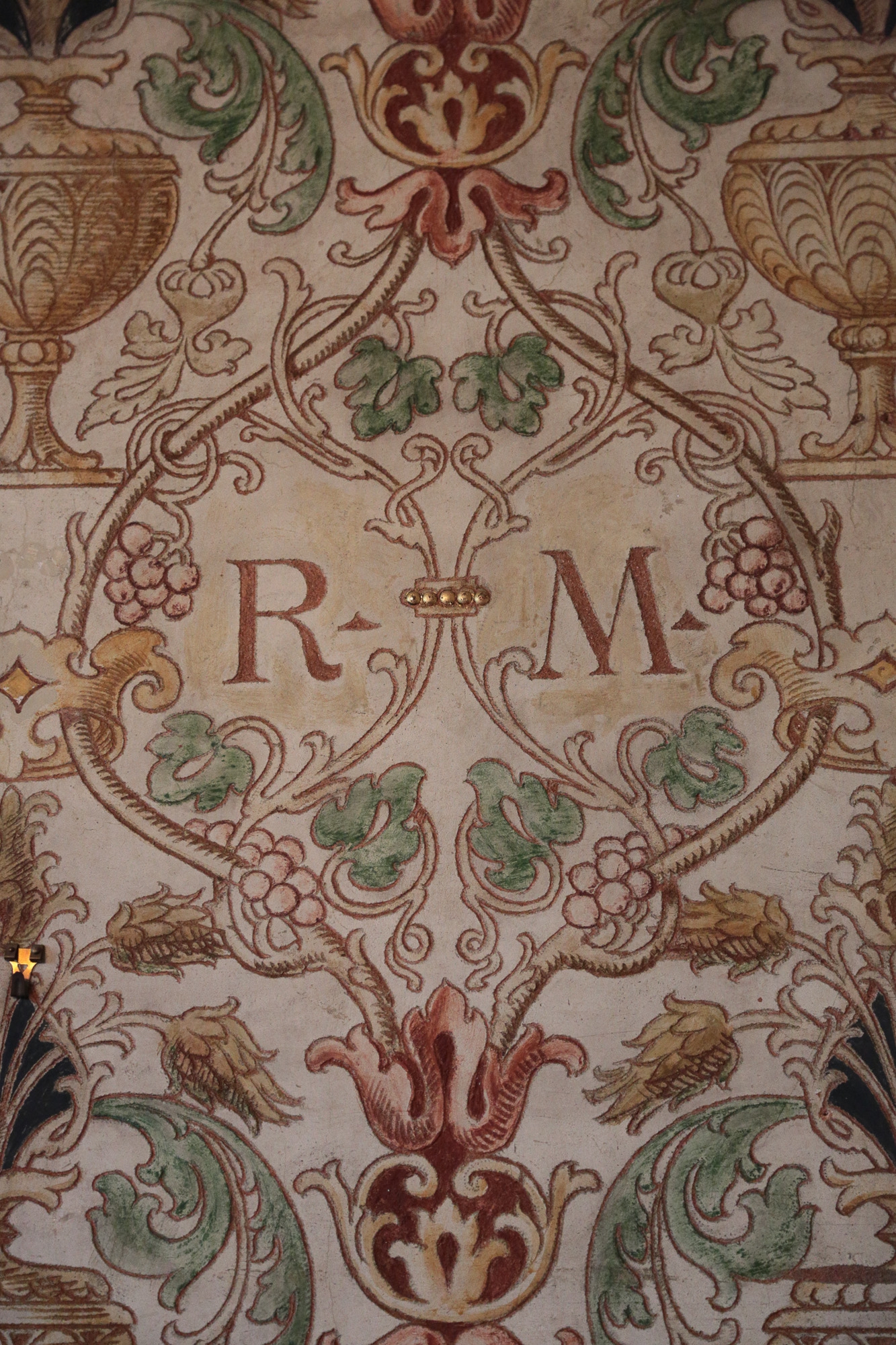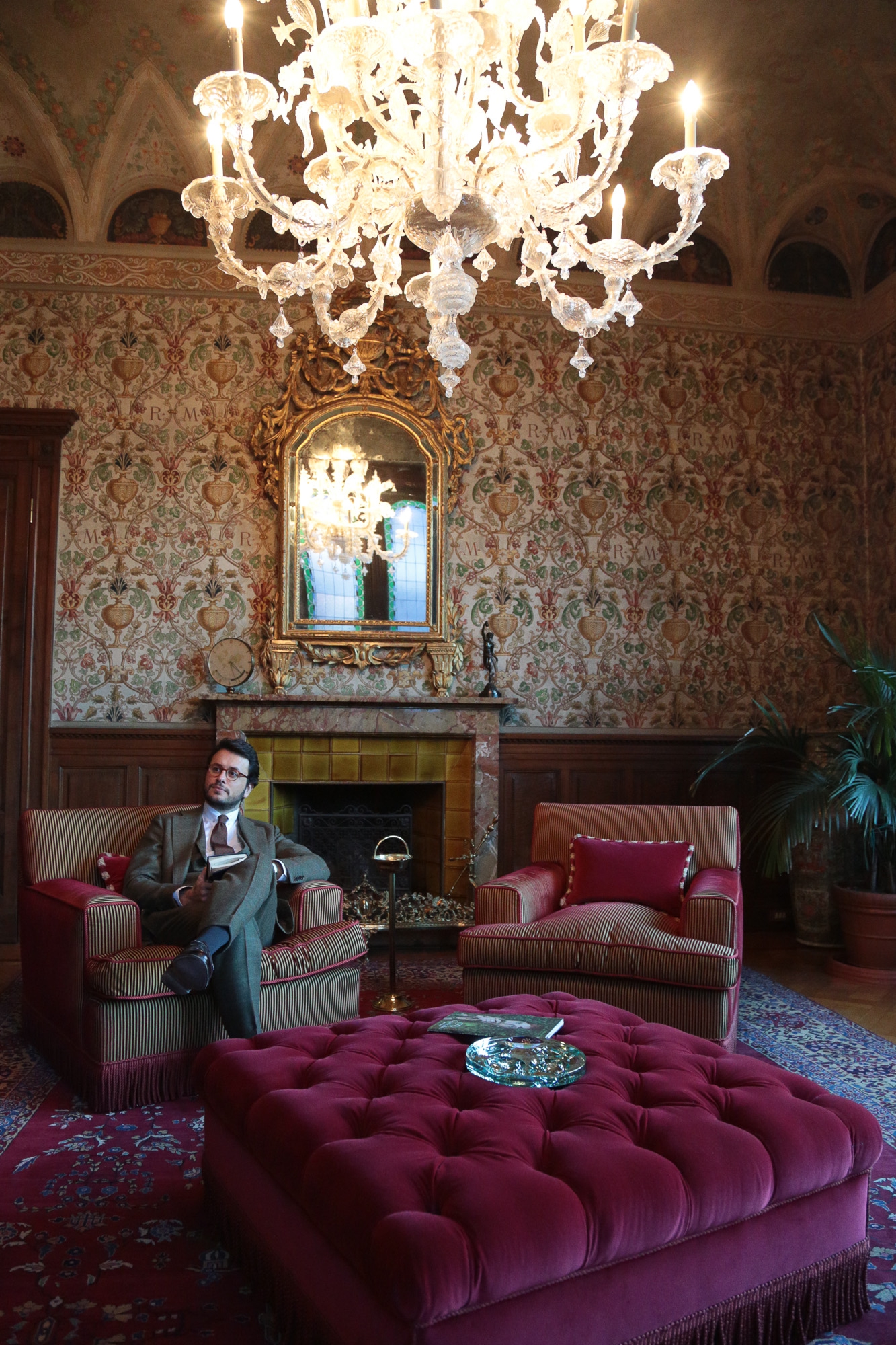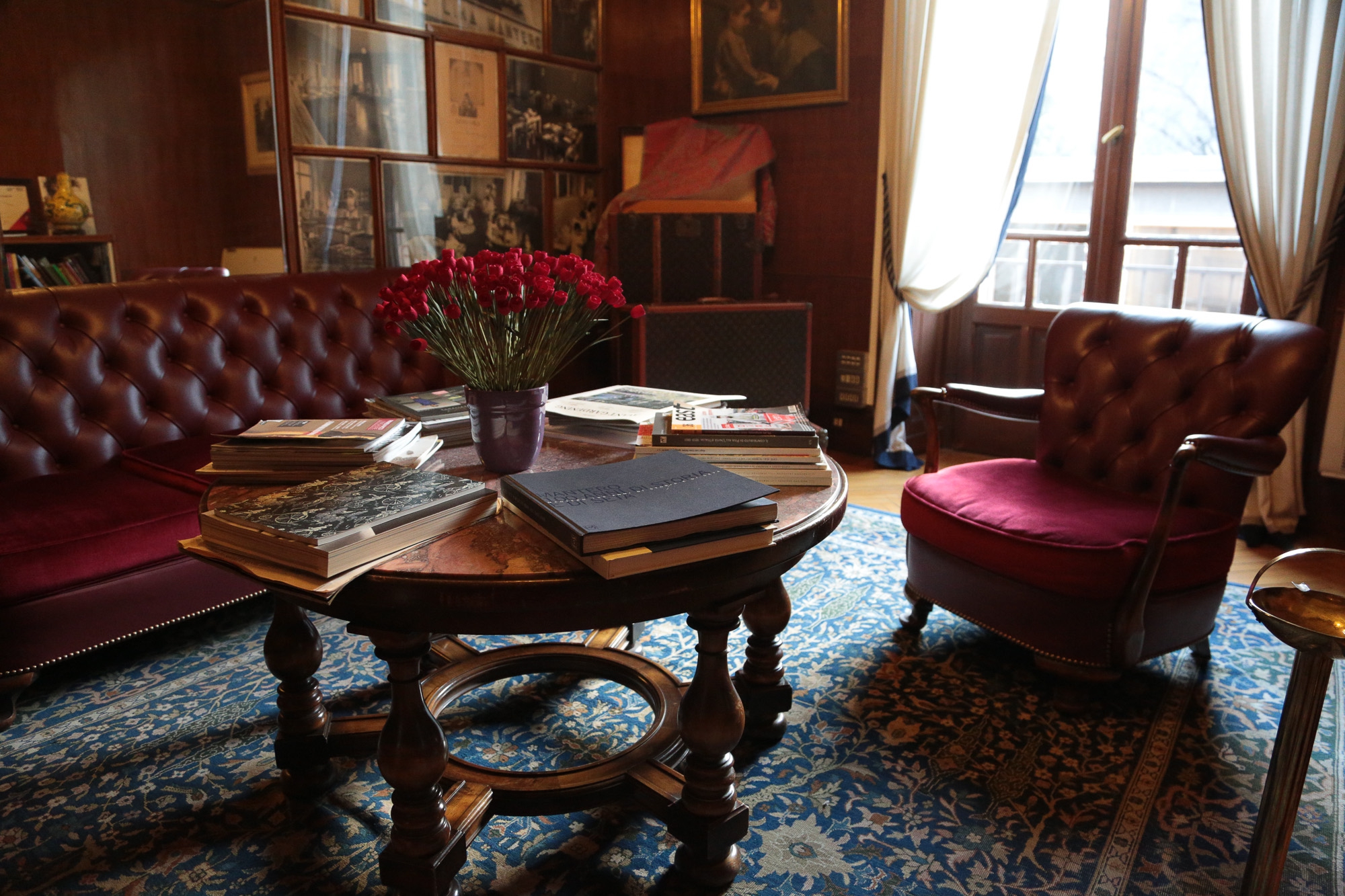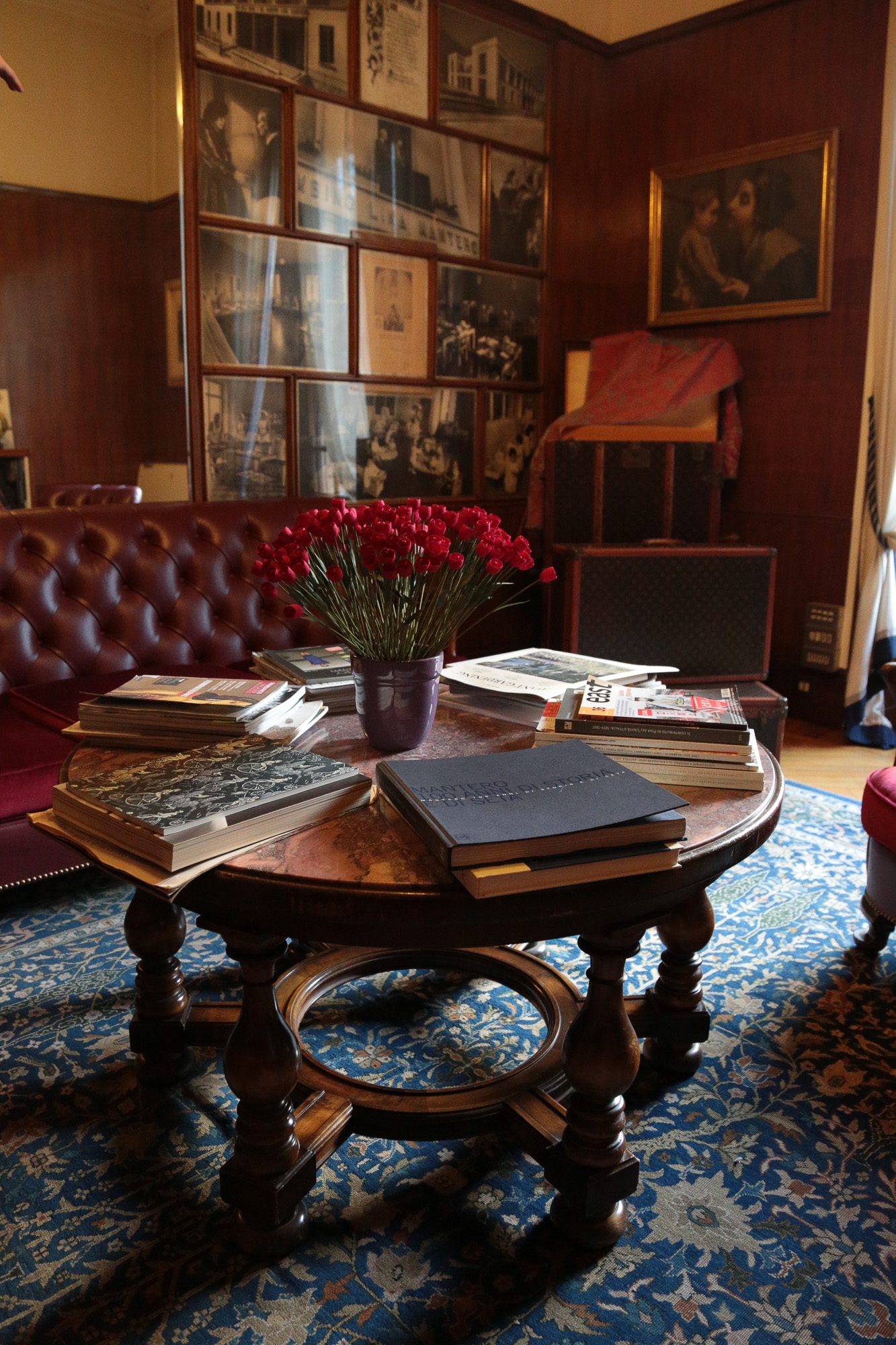Our visit to the original home of Mantero dates back to a few months ago; in Via Volta in Como, it was nestled within the medieval walls of the old town hamlet. It had to be a flying visit, as the company would be moving to Grandate a few days later, the place that was originally their fabric printing facilities, but today has become the HQ. The company, founded in 1902 by Riccardo Mantero, is the market leader in silk manufacturing, and covers the entire range of production, from the primary material to the finished product, with a clientele made of major luxury brands, not overlooking the providers of fast-fashion.
Our tour begins in the historic samples archive, which contains over ten thousand volumes, currently being digitalised, some from Mantero themselves - dating back to the 1930s - while others, dating back as far as 1820, were acquired from outside suppliers. “In all, a quarter of the volumes housed here are the property of Mantero, the others are externally sourced,” the chief archiver explains. The archive is an endless source of inspiration for the company's clients and for the internal style department, expecially when it comes to creating new collections. Mantero's annual collections are made of thousands of new patterns. "Seven thousand patterns are created each year only for the yarn-dyed ties and our last collection had matt backgrounds, with 6-ounce saglione silk making a massive comeback,” explains Nicolas Porro, as he shows me around.
Wandering through those marvellous rooms, which were transformed into a museum when the company upped sticks, I meet Franco Mantero, CEO of the family business and son of the President Moritz Mantero. Among the endless patterns and samples, I cannot help but picture in my mind all the great industry figures who paraded through the same halls, selecting their fabrics. “Once, we had clients lining up, and we had to refuse those who didn’t make a minimum order; today, though, we attempt to meet every customer’s request,” states Matteo Saldarini, Head of the Tie department.
And on my way out, a picture (see photo below) on the wall strikes me: “It is a vintage photo taken of some of the workers; it must have been taken on a Sunday, judging from the clothes they are wearing,” they explain. It is impossible not to notice how the style of the men’s clothing seems so up to date. It must have been the 1930s, and those factory workers were as sharply dressed as any man today. Nothing could provide further proof of how the perfect expression of classic men’s tailoring has never – and will never – be surpassed.
Bespoke hugs,
Fabio
Credits:
Edesim three-piece suit
Nicky Milano tie



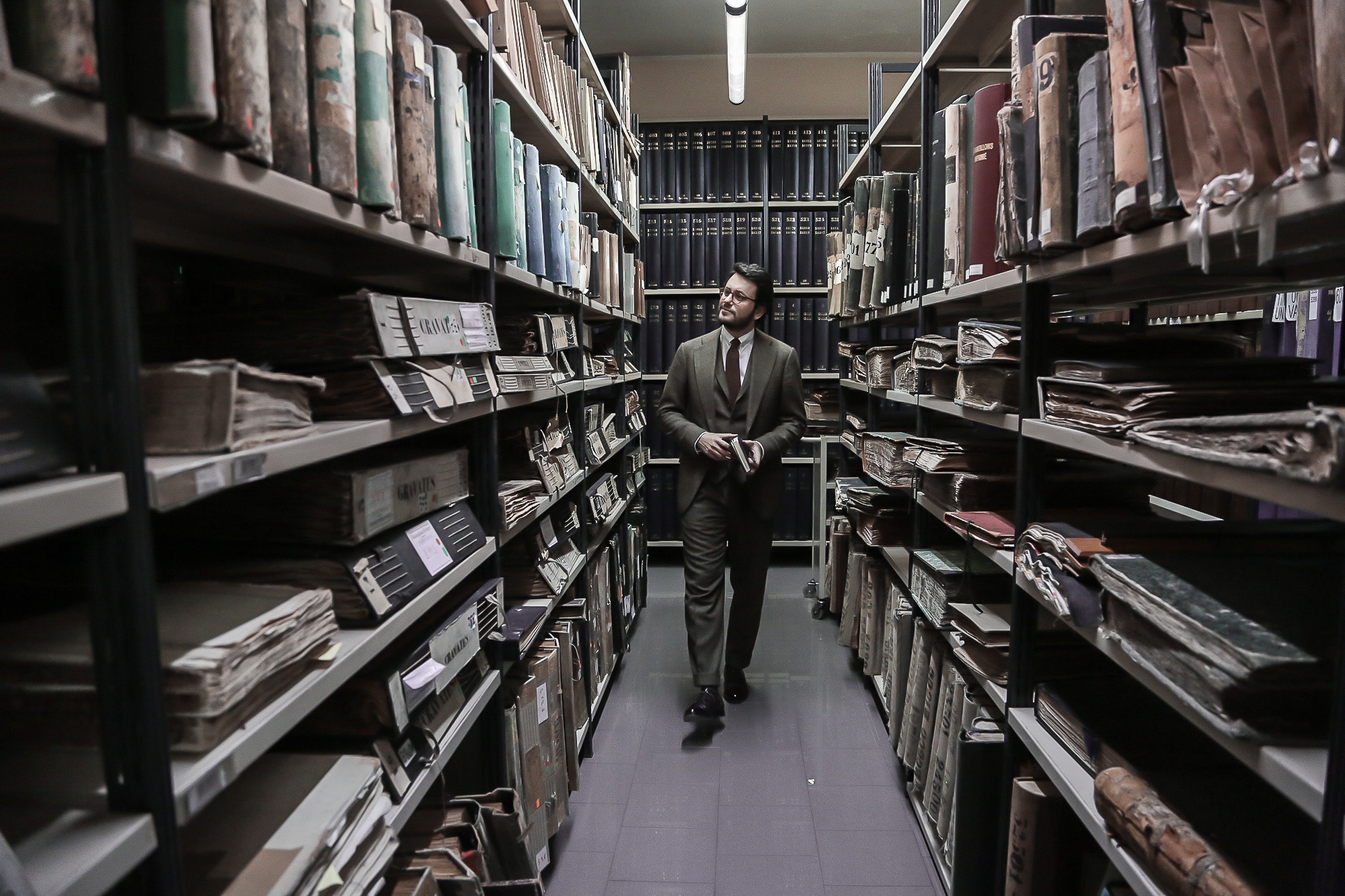
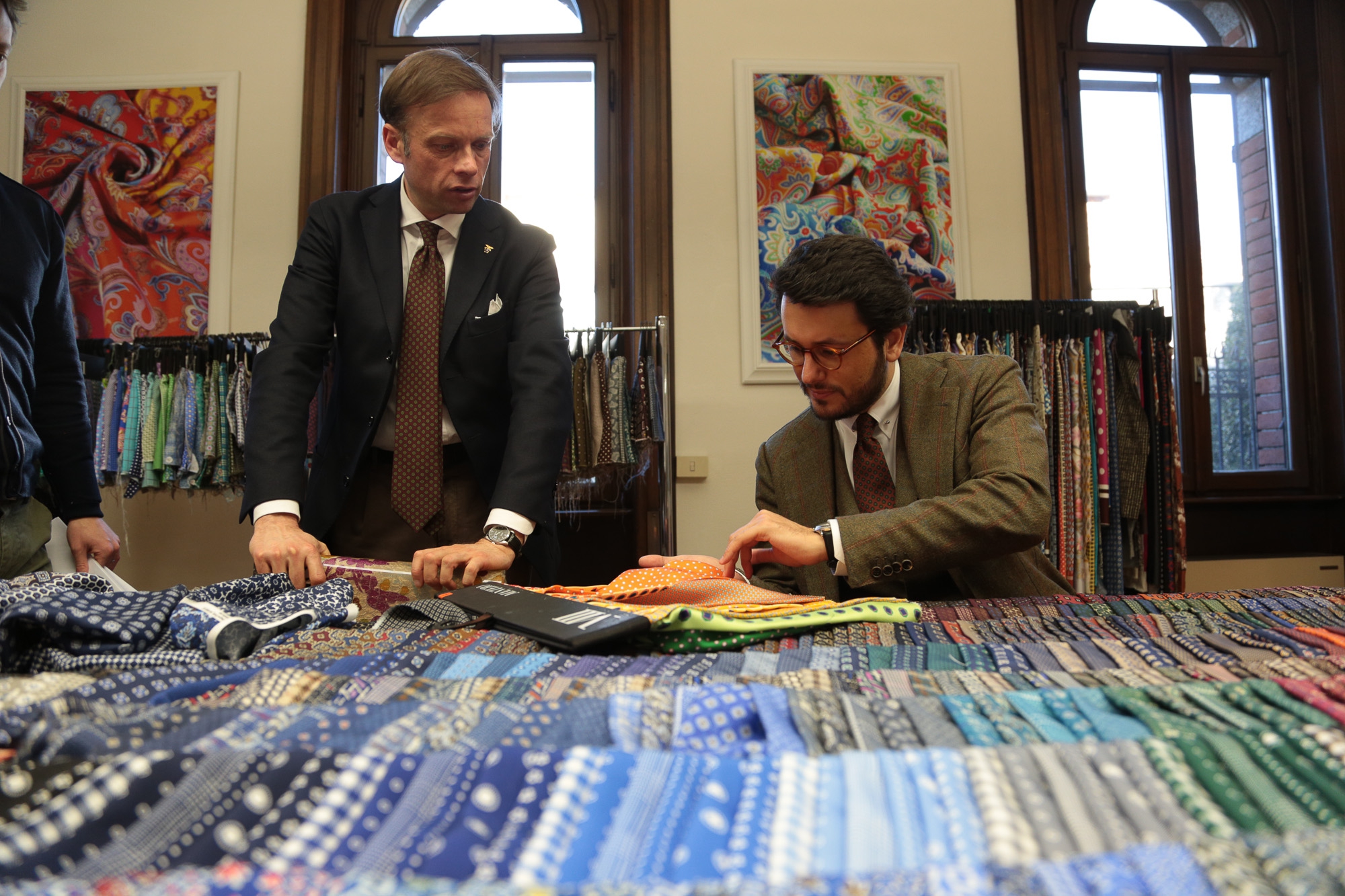
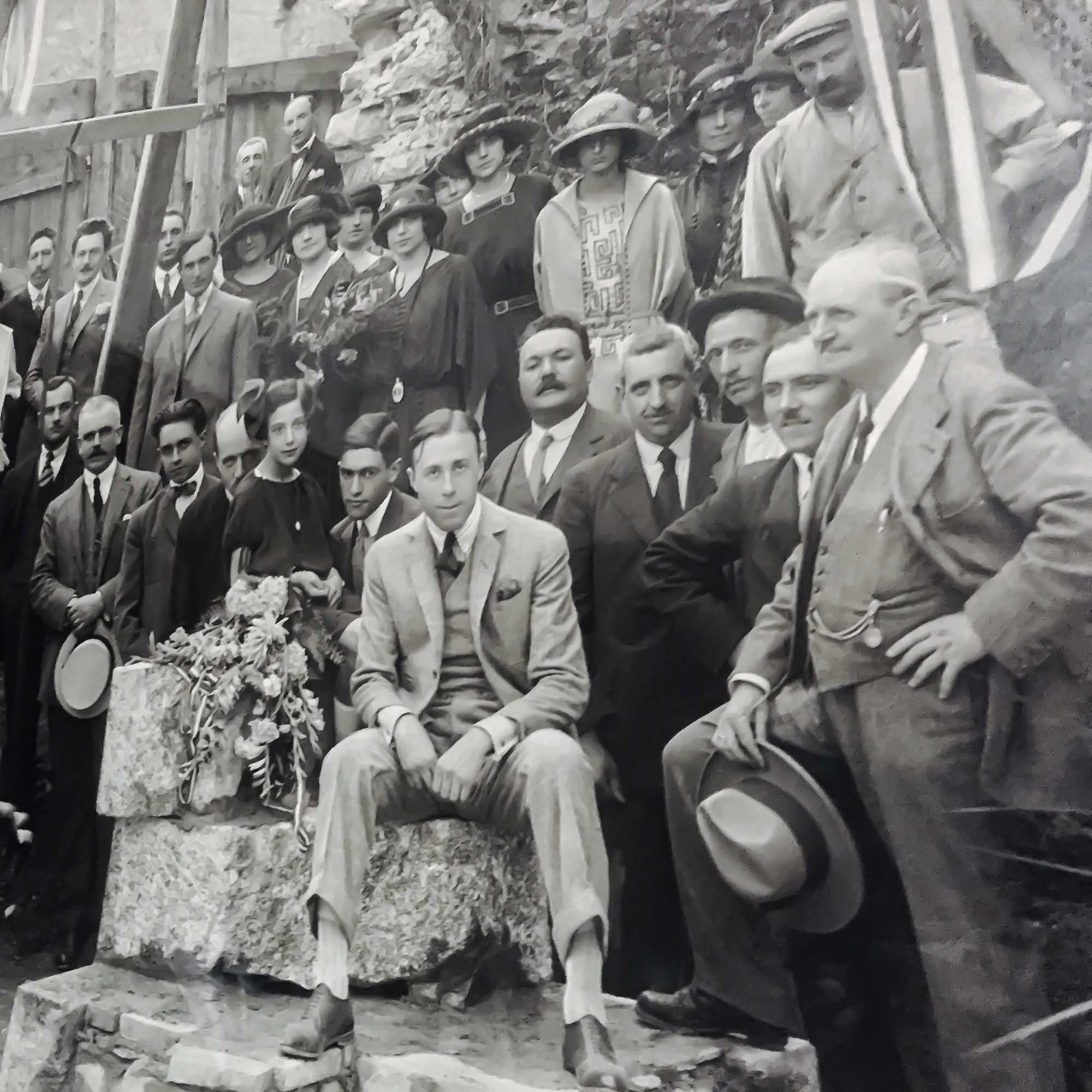

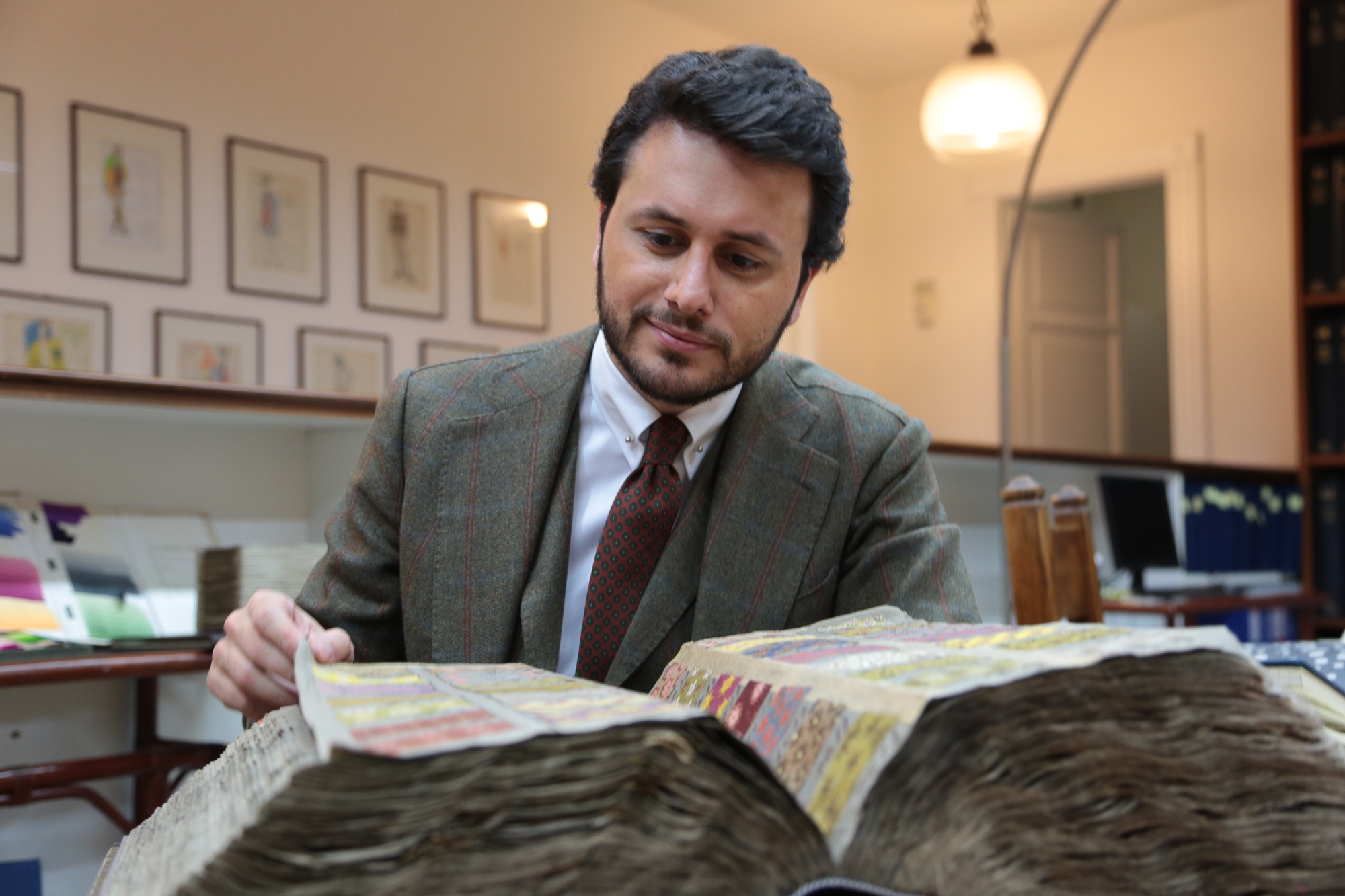
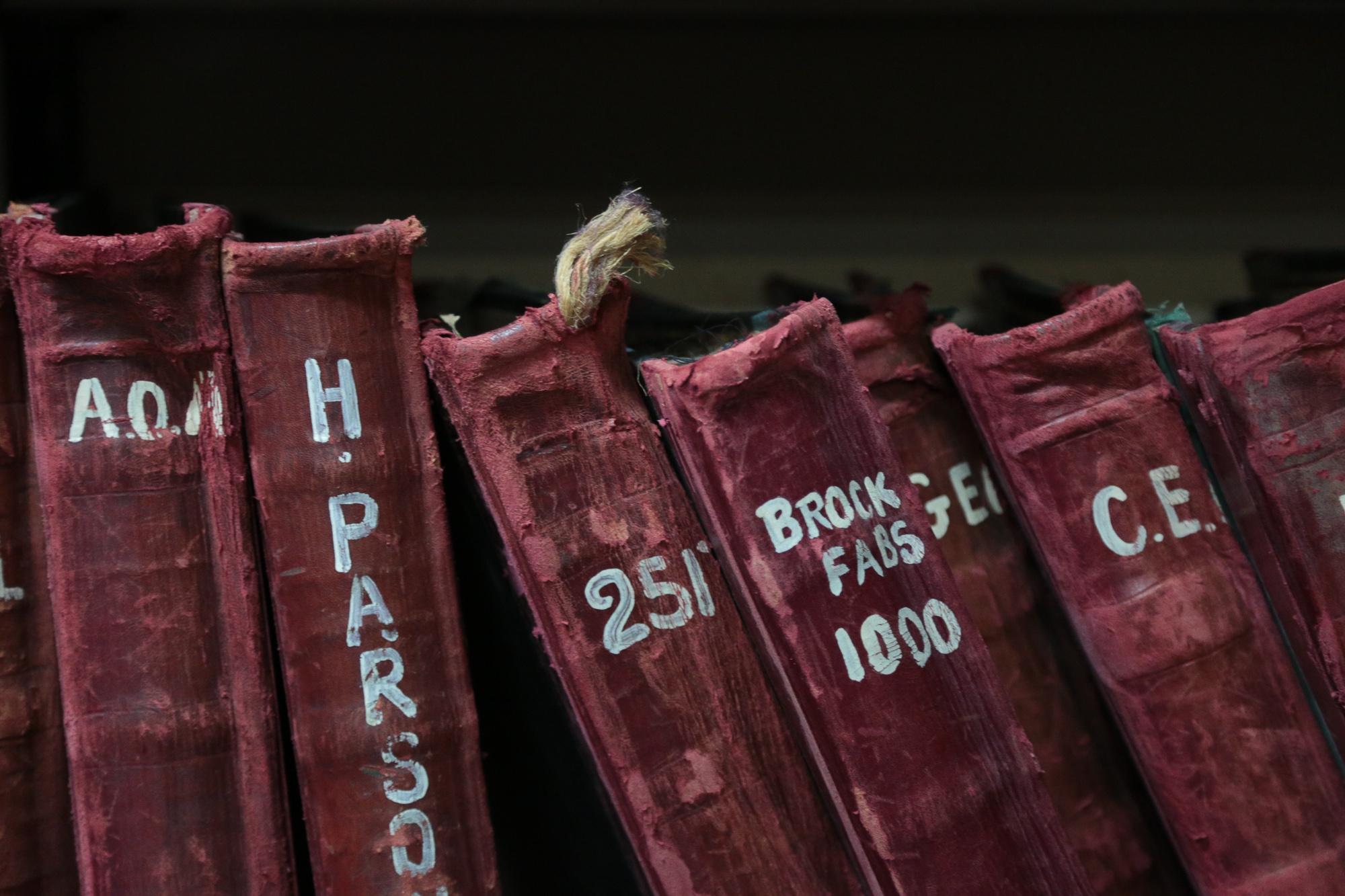
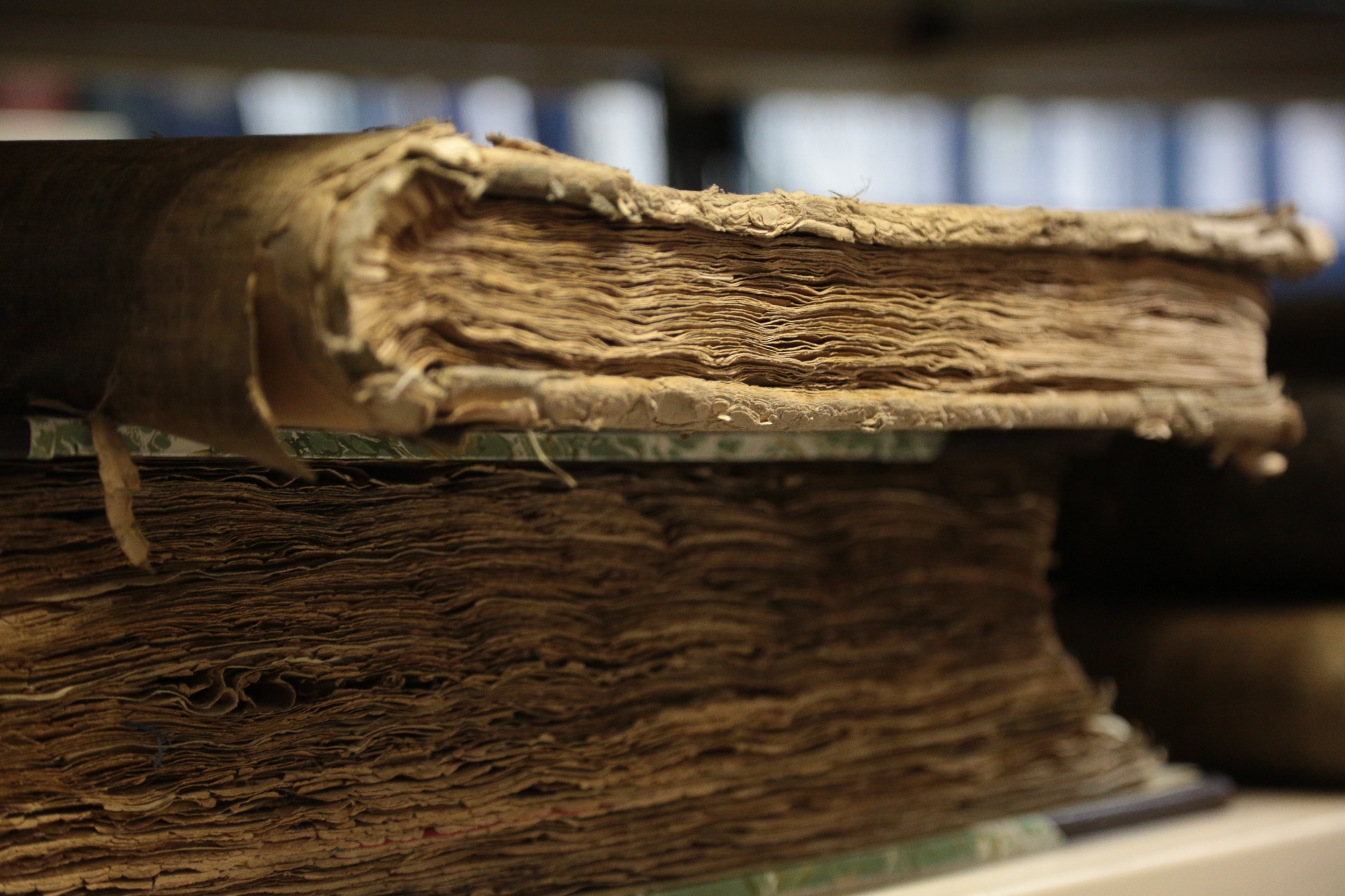
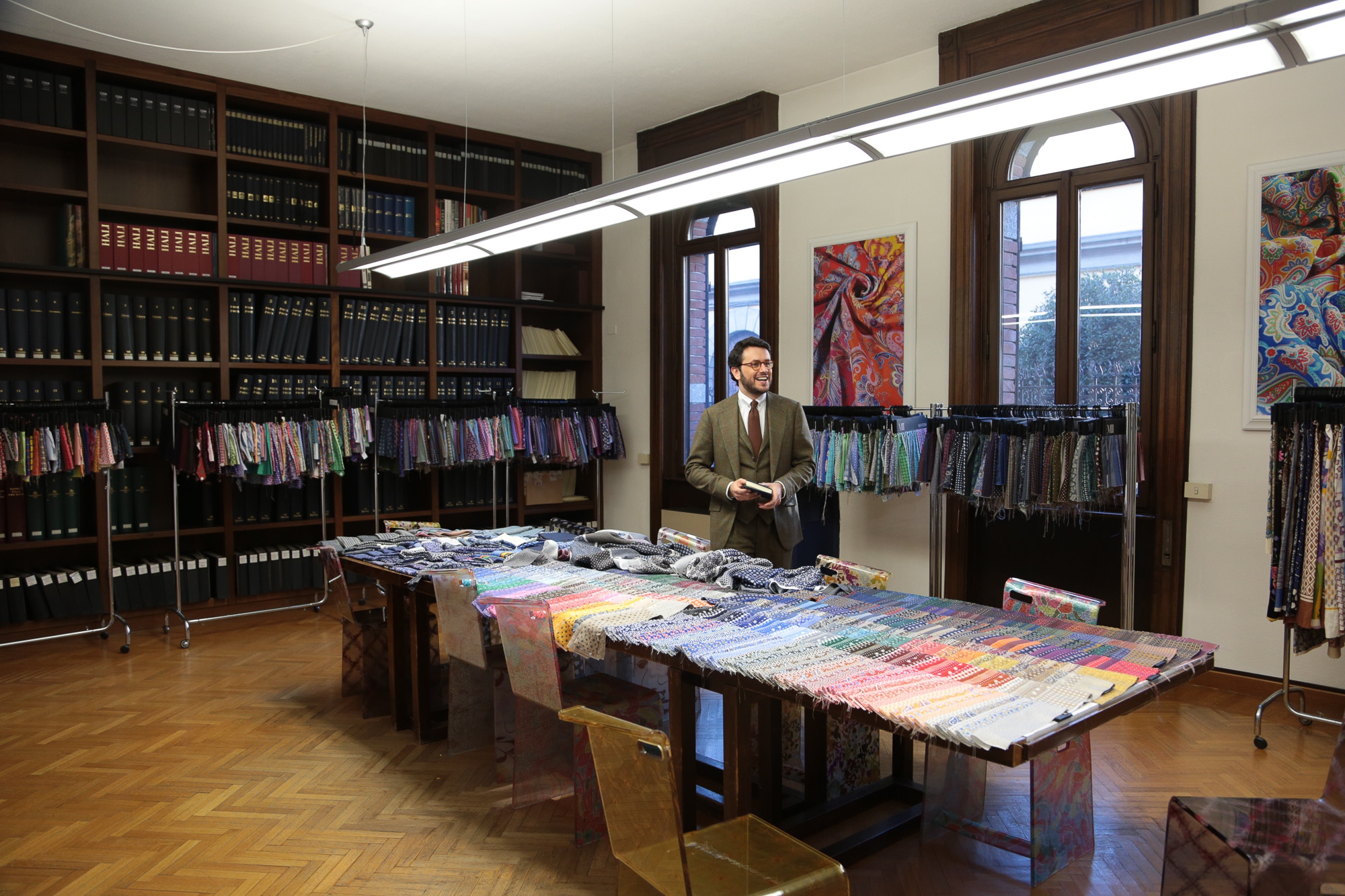
.jpg)
